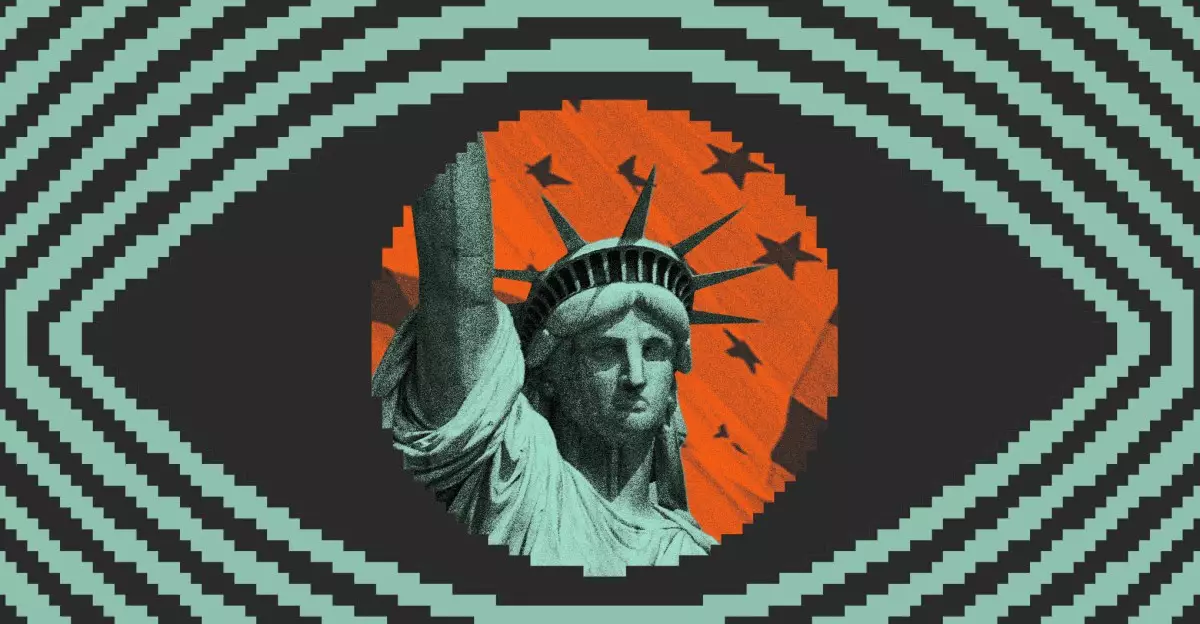The recent collaboration between New York City and Citizen marks a significant evolution in urban safety strategies. By enabling city agencies to send real-time alerts and access user-shared videos, officials aim to foster a more responsive, technology-driven approach to public safety. While the intent ostensibly centers on protecting residents and swiftly responding to emergencies, this partnership raises fundamental questions about privacy rights, community trust, and the long-term social impact of widespread surveillance.
Citizen’s platform, originally branded as a tool for citizen reporting and live incident sharing, has morphed into an integral component of law enforcement operations. The city’s new integration allows agencies to tap into a rich, publicly generated video database, which can be crucial during critical incidents. However, this raises ethical concerns about consent and the extent of public involvement in a surveillance state. Citizens may share videos voluntarily, but the potential for these videos to be accessed and utilized by authorities—even when viewers may not have anticipated such use—can be deeply unsettling. This dynamic shifts the social contract, transforming ordinary citizens into unwitting surveillance assets.
Balancing Emergency Response with Privacy Autonomy
New York’s implementation of location-based alerts within the Citizen app seeks to enhance emergency communication. Residents can receive notifications about local crimes, weather emergencies, and incidents specific to their neighborhood. Such targeted alerts could undoubtedly save lives and foster community awareness—yet they also serve as a catalyst for continuous monitoring, blurring the line between necessary safety measures and intrusive oversight.
Citizens’ privacy settings offer a degree of autonomy, allowing users to opt out of direct sharing. Still, the public videos remain accessible and downloadable, which can perpetuate a sense of constant surveillance. The risk here is normalization—when community members become accustomed to being observed and recorded, it subtly shifts societal expectations about privacy. The potential for misuse or overreach abounds, especially as law enforcement gains near real-time access to footage that might capture innocent bystanders during routine activities.
Law Enforcement and Corporate Collaboration: An Expanding Web of Control
The partnership hinges on integrating Citizen with Axon’s Fusus platform and the broader ecosystem of surveillance technology. Axon’s recent collaboration with Ring exemplifies a disturbing trend: law enforcement agencies can request owners’ security footage, often without direct user awareness or immediate consent. The added layer of Citizen’s public video access further consolidates a trove of citizen-generated data directly available to authorities.
This confluence of corporate tech, law enforcement, and city governments exemplifies a new era where private platforms are weaponized as tools of public control. While these measures may seem geared toward crime prevention, they risk establishing a comprehensive surveillance infrastructure that could be exploited beyond public safety, infringing on civil liberties and fueling community distrust.
The Ethical Quagmire and Societal Impact
Critics argue that platforms like Citizen perpetuate the idea that safety is predicated on constant monitoring, a notion that can undermine personal freedoms. The app’s controversial past—including its history of sensationalism and encouraging vigilantism—illustrates the double-edged sword of participatory surveillance. While some see it as empowering communities, others perceive it as stoking paranoia and eroding the social fabric.
Moreover, the app’s public videos, even if publicly accessible, invite questions about the broader societal implications. The erosion of privacy norms in exchange for supposed safety benefits can lead toward a society where every moment is potentially documented and scrutinized. This environment may disproportionately impact marginalized communities, intensify racial profiling, and deepen social divisions.
The challenge for policymakers and citizens alike is understanding where the line should be drawn. As technology becomes increasingly integrated into daily life, safeguarding individual rights while utilizing these tools effectively becomes a complex but essential task—one that requires vigilance, public discourse, and a clear ethical framework.
In the end, the Citizen partnership with New York City exemplifies a broader trend toward “safety at any cost.” While immediate benefits—such as faster emergency alerts and access to crucial footage—are evident, society must critically evaluate whether these measures serve as genuine safeguards or if they inadvertently usher in an era of pervasive surveillance disguised as communal protection.


Leave a Reply